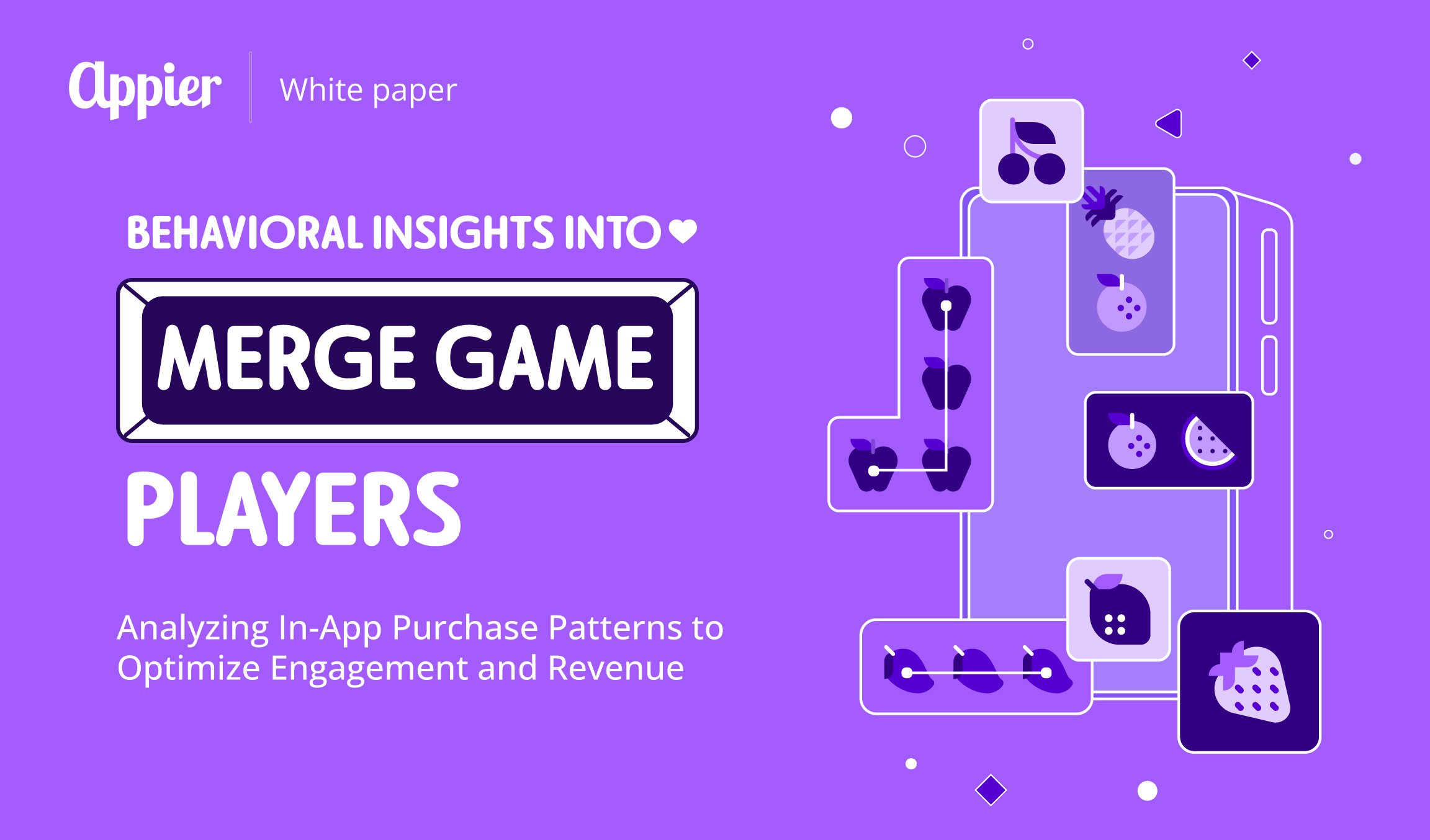5 min read
In our previous blog post, we explored the importance of retaining existing customers and encouraging repeat purchases. As we mentioned, both existing and new customers are equally important to a business and its sustainable growth, which is why this post focuses on acquiring new customers.
The approach we are looking at in this article is lookalike modeling, whereby marketers and advertisers can identify audiences and acquire customers similar to their current, valuable customers.
So, if you are interested in learning more about lookalike modeling, how marketers and advertisers can benefit from it, and how it works, read on.
What Is Lookalike Modeling?
Lookalike modeling is a machine learning-based analytical technique that identifies groups of people who display behavioral and demographic characteristics similar to your best, existing customers’.
For example, you are an e-commerce brand and your best customers make two purchases per month, spend an average of US$150 per order, and buy technology and gaming items. Lookalike modeling would help you identify people who show similar traits.
The people identified as your best customers are known as your seed audience. The groups of people who are similar to your best customers are your lookalike audiences.
How Can Marketers Benefit From Lookalike Modeling?
Marketers can benefit from lookalike modeling in a number of ways, including:
- Improving lead generation
Lookalike modeling enables you to identify high-quality potential customers beyond your existing customer base, thanks to the accuracy of machine learning in finding prospects who act like your best customers.
These potential customers are more likely to be your ideal customers because they act like your best, existing customers when it comes to purchases. Hence, the leads are of higher quality.
- Reducing marketing spend
Using lookalike modeling, you can focus your efforts on high-value lookalike audiences only, instead of everyone in your target audience pool. This helps you reduce acquisition costs, and boost your return on investment.
Advertising only to these lookalike audiences with similar attributes to your existing high-value customers is a targeted approach to marketing with a keen focus on reducing spending and increasing revenue.
- Boosting brand awareness
Because lookalike modeling provides you with new audiences, it is effective in boosting brand awareness. Simply by putting your brand and product in front of more people who fit your target profile, you can drive interests and engagement – the first step to purchase.
Reaching these new audience segments will vastly increase your brand awareness and exposure because as individuals from these segments start to learn more about you, they will likely share with their friends and networks.
- Enabling more accurate targeting
Lookalike modeling uses machine learning to analyze and compare data on your existing customers and audiences from the wider web, in order to find the significant and most accurate traits of your best customers.
These traits will not only help you enhance the accuracy of your targeting, but also enable you to better tailor your initial ad campaigns and then personalize your retargeting campaigns. - Better understanding your customers
The process of lookalike modeling, which we will get to in the next section can give you a better understanding of your audience segments and the actions driving them to convert. Only by understanding your customers, their unique characteristics and motivations can you identify what to look for in your lookalike audiences.
These insights can be used to optimize your marketing strategy and future campaigns across all channels.
- Increasing conversions
Because lookalike modeling identifies high-quality leads, it can significantly increase your click-through rate (CTR) and the number of conversions you are likely to achieve. This can boost your profits, improve your bottom line, and, in turn, grow your business.
How Does Lookalike Modeling Work?
Like any type of computer modeling, lookalike modeling works using a combination of data, mathematical algorithms and machine learning. The process is typically carried out through a data platform and involves three key steps:
Step 1: Collect data
In order to generate lookalike audiences, you first need to collect a wide range of data from your existing customers. The customer data is a combination of demographic information and on-site browsing behavior, which are the first-party data you can collect from your own channels.
What is important to keep in mind is that the more quality data you have available, the more accurate your modeling will be.
Step 2: Define attributes and behaviors
With all your data collected, the next step is identifying the attributes and behaviors that best define your most engaged, profitable customers, aka the seed audience. Examples of attributes and behaviors to consider include location, purchase history, frequency and quantity of purchase, browsing history, and interest shown in a specific product.
The stricter you are in defining these attributes, the better your chances are of identifying quality prospects. However, while keeping your seed audience parameters narrow can help you find the people most likely to convert, it will limit the size of your lookalike audiences. This is because the more attributes you select, the more potential customers you will filter out.
If your goals are less focused on conversions and more focused on reach and awareness, selecting broader, less specific attributes and behaviors can be a good strategy as it will help you generate a larger audience.
Step 3: Generate your lookalike audience
Once you have decided on the attributes and behaviors of your seed audience, an algorithm is applied to find profiles that match. The lookalike model then scores users on an individual level based on their similarity to the seed audience using machine learning predictive modeling. The highest scoring profiles become your lookalike audiences.
Through the lookalike modeling process, you can pinpoint higher-performing audiences that you may have otherwise been unable to identify.
Lookalike modeling offers big wins for brands looking to grow their business. The key to success is using quality data combined with smart modeling software. To ensure your marketing efforts don’t look like your competitors, consider what untapped datasets you could mine to build better lookalike audiences.
Of course, you do not have to take on this task alone. That is what Appier, a leading provider of AI-powered martech solutions, is here for. Get in touch with our team today for a free consultation.



-1.png?width=3000&height=1834&name=SuperLike_%E5%B7%A5%E4%BD%9C%E5%8D%80%E5%9F%9F%201%20(1)-1.png)